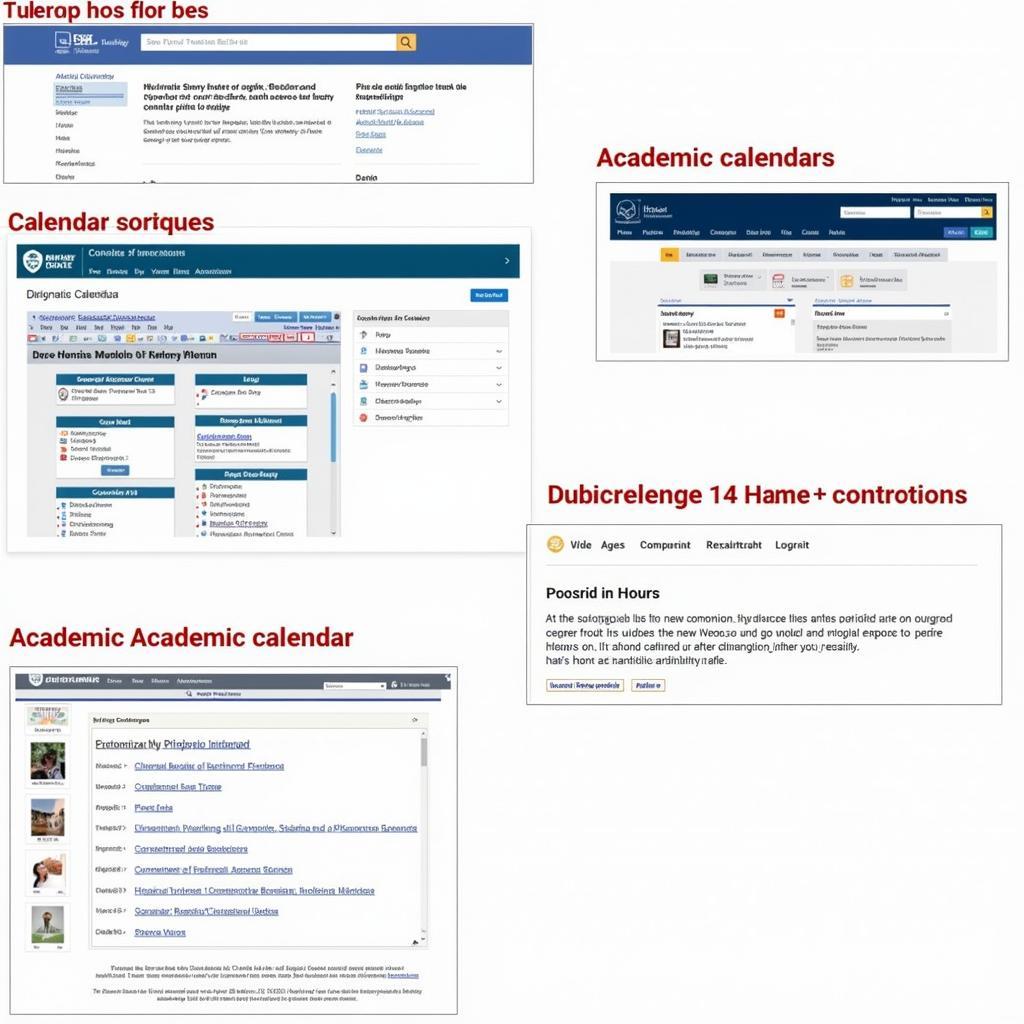The ASEAN AIP, short for ASEAN Interoperability Initiative, represents a significant step towards a more interconnected and integrated ASEAN. This initiative seeks to harmonize digital trade documentation across the region, streamlining cross-border transactions and boosting economic growth.
Breaking Down Barriers: The Importance of ASEAN AIP
In today’s globalized economy, seamless trade is crucial. However, navigating the complexities of different trade documents and procedures across nations can pose significant challenges. This is where ASEAN AIP comes in. By establishing a common digital standard for trade documentation, the initiative aims to:
- Reduce Costs: Eliminate the need for paper-based documentation, reducing processing time and expenses.
- Enhance Efficiency: Streamline customs procedures, facilitating faster clearance and movement of goods.
- Increase Transparency: Provide clear and accessible information, promoting accountability and reducing opportunities for corruption.
- Promote Inclusivity: Create a level playing field for businesses of all sizes, particularly SMEs, to participate in cross-border trade.
Key Features of ASEAN AIP
The ASEAN AIP framework focuses on several key areas to achieve its goals:
- Legal Recognition of Electronic Trade Documents: Establish legal equivalence between electronic and paper-based trade documents across all ASEAN member states.
- Standardized Data and Document Formats: Develop and implement common data elements and formats for essential trade documents, ensuring interoperability.
- Secure Data Exchange Mechanisms: Establish secure and reliable channels for the exchange of electronic trade documents between businesses and government agencies.
- Interconnected National Single Windows: Facilitate seamless data exchange between national single windows of ASEAN member states, creating a regional single window ecosystem.
The Impact of ASEAN AIP on Businesses
The implementation of ASEAN AIP brings about tangible benefits for businesses operating within the region:
- Reduced Administrative Burden: Simplified documentation and procedures translate into less paperwork and administrative overhead.
- Faster Trade Transactions: Streamlined customs processes lead to quicker clearance times, reducing storage costs and time to market.
- Improved Supply Chain Visibility: Real-time tracking of goods becomes easier with digital documentation, enhancing transparency and predictability in supply chains.
- Enhanced Competitiveness: Businesses can leverage efficient cross-border trade to expand their reach and tap into new markets within ASEAN.
“The ASEAN AIP is not just about technology, it’s about creating a more integrated and efficient ASEAN market. This initiative will unlock new opportunities for businesses and solidify ASEAN’s position as a global trade hub.” – Dr. Nguyen Van Minh, Economist, ASEAN Secretariat
The Future of Trade in ASEAN
ASEAN AIP is a testament to the region’s commitment to fostering a dynamic and interconnected digital economy. As the initiative matures, we can expect to see:
- Wider Adoption: More businesses and government agencies across ASEAN are expected to embrace the use of electronic trade documents.
- Technological Advancements: Emerging technologies such as blockchain and artificial intelligence could be integrated into the ASEAN AIP framework to further enhance security and efficiency.
- Regional Integration: ASEAN AIP will act as a catalyst for greater regional integration, paving the way for a truly interconnected ASEAN digital market.
[asea events]
Conclusion
ASEAN AIP represents a pivotal step towards a more integrated, efficient, and globally competitive ASEAN. By breaking down barriers to trade, the initiative unlocks significant opportunities for businesses and paves the way for a more prosperous future for the region. As the digital landscape continues to evolve, ASEAN AIP stands as a prime example of how regional collaboration and innovation can shape the future of trade.
FAQ
1. What types of trade documents are covered under ASEAN AIP?
ASEAN AIP initially focuses on key trade documents like certificates of origin, invoices, and packing lists. The scope is expected to expand to include additional documents in the future.
2. When will ASEAN AIP be fully implemented across all ASEAN member states?
The implementation timeline for ASEAN AIP varies across member states. However, significant progress has been made in harmonizing digital trade practices, and full implementation is expected within the coming years.
3. How can businesses prepare for the implementation of ASEAN AIP?
Businesses can begin by familiarizing themselves with the ASEAN AIP framework and assessing their current trade documentation processes. Engaging with industry associations and government agencies can provide valuable insights and support.
4. What are the potential challenges in implementing ASEAN AIP?
While the benefits are clear, challenges such as ensuring interoperability between different digital systems and addressing cybersecurity concerns need to be effectively managed.
5. Where can I find more information about ASEAN AIP?
Detailed information and updates on the initiative can be found on the official ASEAN website and through various trade organizations within the region.
[2010 asean summit]
Need help navigating the intricacies of ASEAN AIP? Contact us at:
Phone Number: 0369020373
Email: [email protected]
Address: Thôn Ngọc Liễn, Hiệp Hòa, Bắc Giang, Việt Nam.
We have a dedicated team available 24/7 to assist you.


